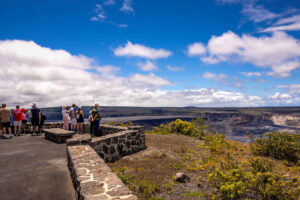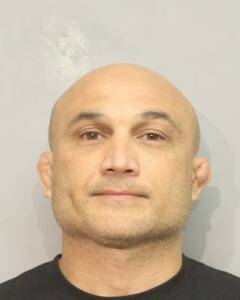Discussion will turn to health and technology later this month at a town hall meeting about telehealth and broadband service in Puna.
The meeting will be held from 12:30-2:30 p.m. Saturday, Feb. 15, at the Hawaiian Paradise Park Activity Center, 15-1570 Makuu Dr., between 16th and 17th avenues. The event will be hosted by state Rep. Joy San Buenaventura.
Experts from the state Department of Health and the Pacific Basin Telehealth Resource Center will explain how broadband access can improve health care delivery in rural areas, while the Department of Business, Economic Development and Tourism will share information about the Hawaii Broadband Initiative.
Spectrum and Hawaiian Telcom will showcase their services and share future plans for connectivity in Puna.
According to the World Health Organization, telehealth involves the use of telecommunication and virtual technology to deliver health care outside of traditional facilities.
“Well-designed telehealth schemes can improve health care access and outcomes, particularly for chronic disease treatment and for vulnerable groups,” the WHO website states.
“Not only do they reduce demands on crowded facilities, but they also create cost savings and make the health sector more resilient.”
Hilo Medical Center has been using telehealth services for stroke, psychiatry, nephrology, endocrinology and oncology care, with plans for a telehealth center and an expansion of telehealth services in its rural health clinics, hospital spokeswoman Elena Cabatu said.
“If you think about the issues of transportation and the stresses it puts on patients, whether financially or health wise, if we can provide telehealth closer to home, it’s a better option for our patients,” she said.
Telehealth is also one way to address Hawaii Island’s ongoing doctor shortage, and San Buenaventura said she sees telehealth playing a “huge” role in Puna because of its rural nature.
While the local medical clinic “does a fairly good job of helping out the people in Puna, the fact of the matter is we’re still a rural community,” and it can take residents in some communities almost two hours to get to Hilo Medical Center, she said.
There will always be a need for regular doctors and surgeons, but for routine tests and checkups, San Buenaventura said “telehealth fills that gap without having to drive all the way into Hilo (and) sit for hours in a waiting room just to see an M.D.”
San Buenaventura said the state Legislature has, for years, been trying to plan for the physician shortage.
“If we could get specialty care, routine specialty care through telehealth, we should be able to take advantage of it,” she said. “And of course … telehealth only works well with broadband.”
While the meeting was initially about broadband, San Buenaventura said she wanted to make sure people could see the benefits beyond education and email.
Telehealth is one way the technology “can have a life-saving ability,” she said.
But getting connection in Puna can be difficult because of the geography, costs — and other hazards.
Just before the 2018 eruption of Kilauea volcano in lower Puna, San Buenaventura said Hawaiian Telcom and Spectrum were installing fiber cable to service parts of the district ultimately affected by the lava flow, which stymied efforts to increase connectivity.
“When you live as far out as Puna, communication through internet is key,” she said. “That was obvious during the lava disaster. People were only able to communicate through social media to find out what was happening in real time. They couldn’t rely on the county or the state to give them real-time information and when the disaster is about to befall your community … or your health is in potential danger, you want real-time information. It was really obvious during the lava disaster the need for internet connectivity.”
Email Stephanie Salmons at ssalmons@hawaiitribune-herald.com.






